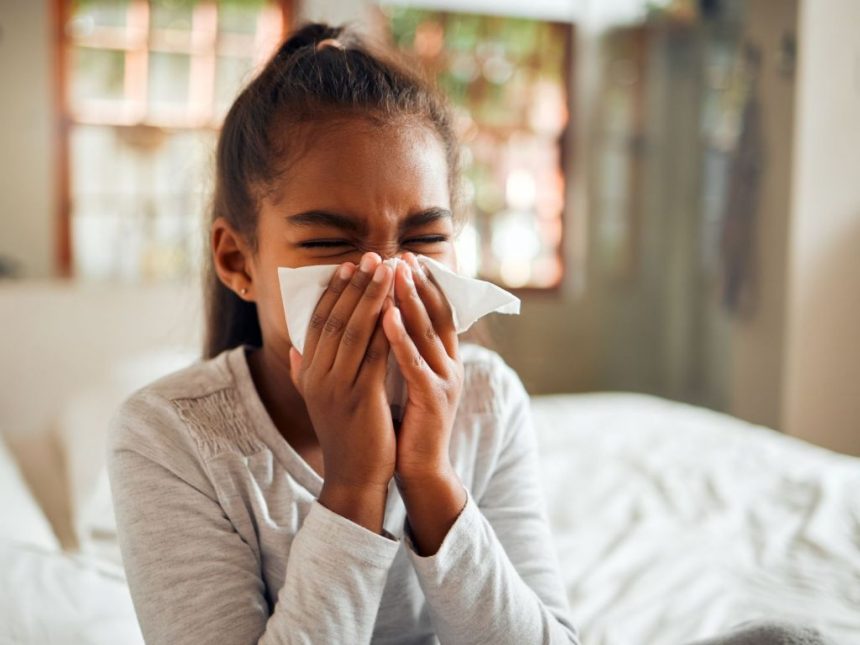Across the country, spring and early summer mark the start of allergy season. However, in recent years, allergies have been starting earlier and lasting longer. In my pediatric office, I’ve seen a significant increase in children with new seasonal allergies and parents reporting their children experiencing the worst allergies ever. The question is, why is this happening and what can parents do about it? Let’s discuss.
Why are this year’s allergies so bad?
Climate change is a major factor contributing to the severity of allergies. Environmental experts have warned about the health impacts of climate change, with worsening allergies being one of the early signs. Changes in blooming patterns, increased pollen production, and shifting wind patterns are creating the perfect environment for longer and more severe allergy seasons.
How do you know if your symptoms are due to allergies?
Distinguishing between allergies and a cold can be tricky. While both can cause a runny nose and sneezing, allergies usually don’t come with a sore throat, cough, or fever. Itchy, puffy, and watery eyes are common in allergies, while colds may lead to pink eye. Pay attention to the duration and timing of symptoms to differentiate between the two.
What can you do about your kids’ seasonal allergies?
Seasonal allergies can be managed with antihistamine medications, eye drops, and nasal sprays. If it’s your child’s first experience with allergies or if symptoms are not controlled, consult your pediatrician immediately. Proper medication dosing and ruling out other conditions are crucial for managing seasonal allergies in children.
Editor’s note: Dr. Edith Bracho-Sanchez is a practicing pediatrician at Columbia University Irving Medical Center, a contributing editor to SheKnows, and a mom to an active toddler.
Before you go, shop these products to treat your kid’s next cold:






